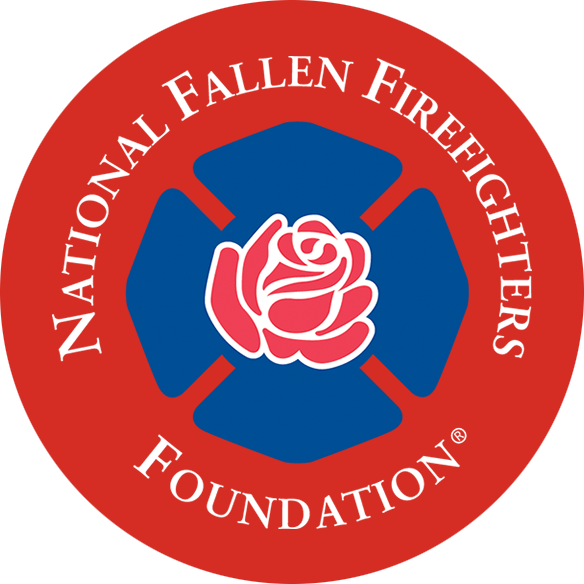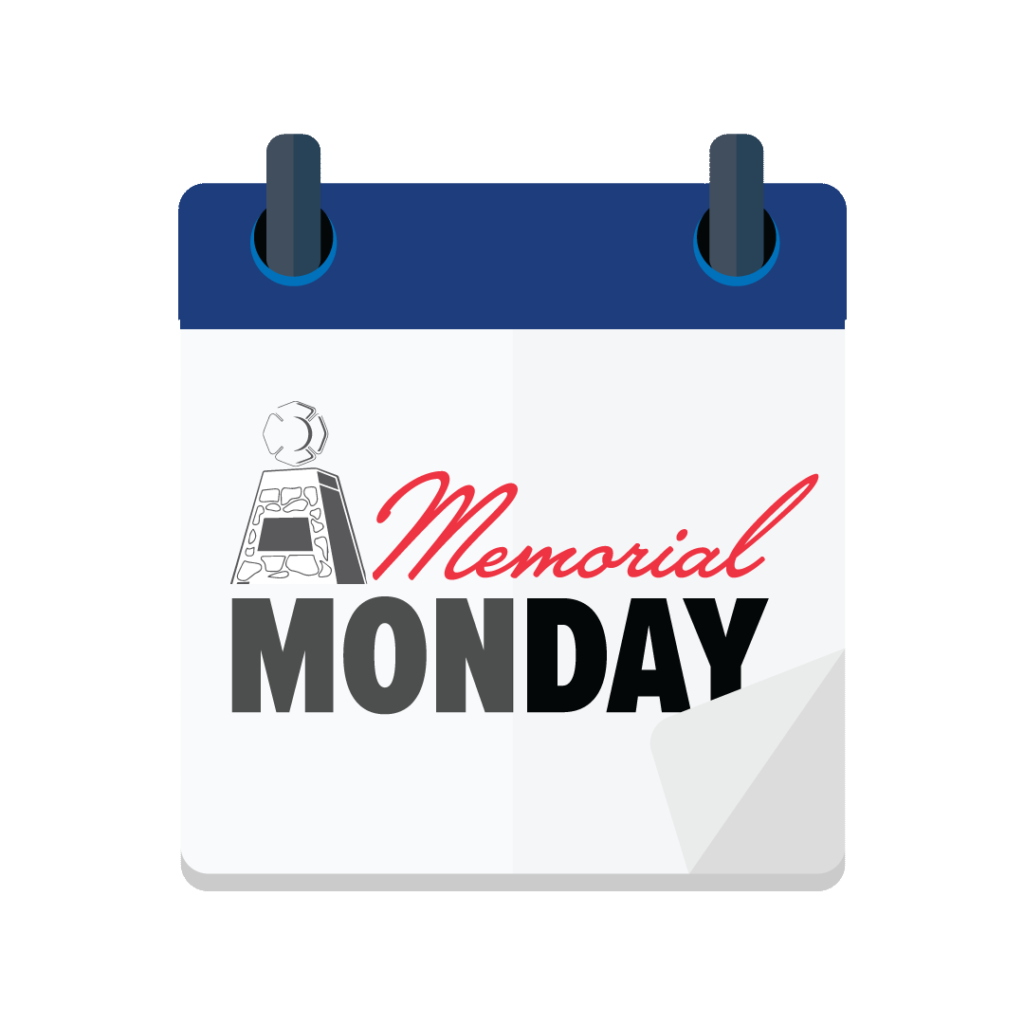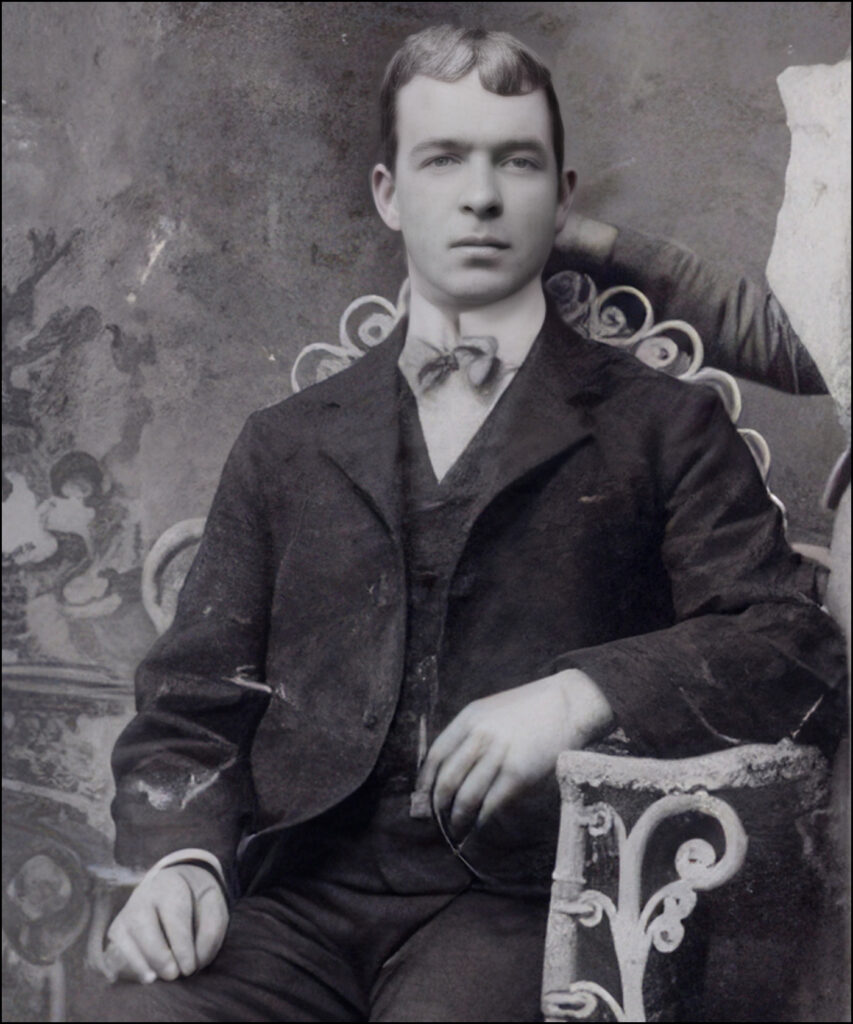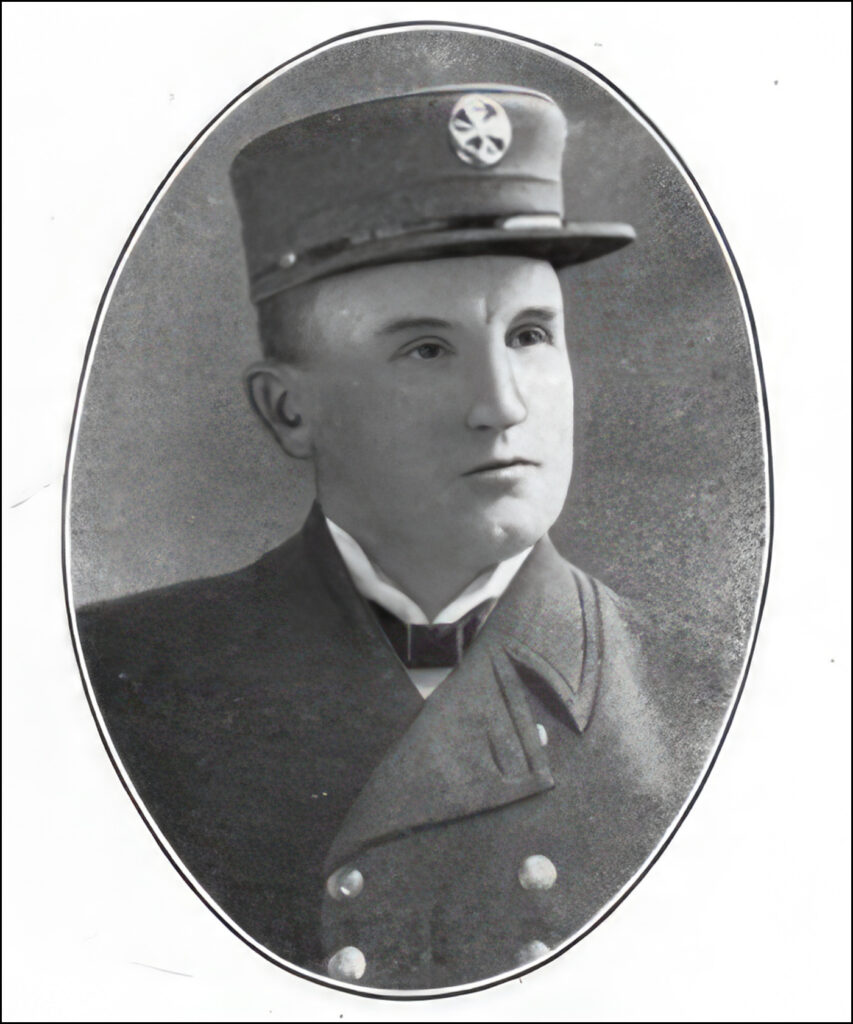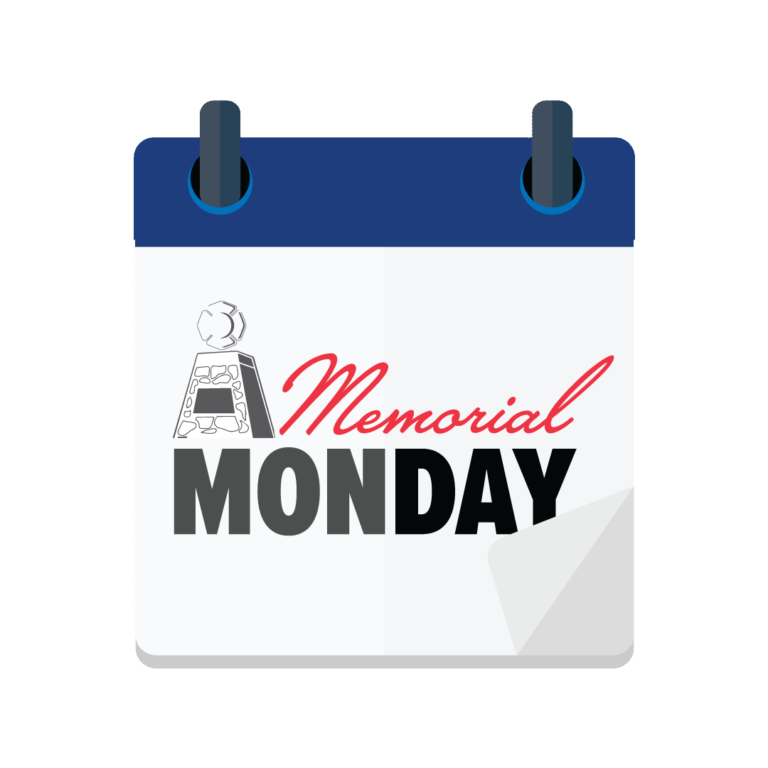Incident Date:
April 18, 1906
Department:
San Francisco Fire Department (CA)
Number of Line-of-Duty Deaths:
2
The Great Earthquake and Fire of San Francisco started at 5:12 am on April 18, 1906. Three days and many fires later, it left a city in ruins and a fire department crippled—and without their beloved Chief.
At one point over the three-day conflagration, at least 100 firefighters were reported missing and feared dead. Others battled the flames fiercely, with help from the water surrounding the city. The newly appointed Chief Shaughnessy reported that twelve engine houses and the Central Fire Alarm Station had been destroyed. Several engines, horses, hose wagons, and more than half of the department’s hose were lost in the fire.
The fire burned over 4.7 square miles
Main reservoirs were twenty miles away along the earthquake’s fault line, leaving the firefighters without a viable water supply. Other water mains were broken or filled in. Firefighters searched desperately for any water they could find.
With fire bearing down on the waterfront and threatening to claim the San Francisco Ferry Building, firefighters made a last stand to save the structure. They drafted salt water from the waterfront and flowed multiple streams to stop the advancing fire—and finally won the battle.
During the fire, a working hydrant was found in the Mission district and firefighters were able to use it to help stop the blaze. This hydrant later became known as “The Little Giant.”
After the larger fire was under control, firefighters relied on their chemical engines to extinguish smaller spot fires. Chief Shaughnessy telegraphed Los Angeles, Sacramento, and Oakland to ask for additional chemicals to keep chemical engines in service.
Remembering Chief Sullivan and Truckman James O’Neil
After returning at around 2:00 am from a second-alarm fire, Chief Engineer Dennis T. Sullivan went back to Chemical Company No. 3 on Bush Street. He and his wife resided on the third floor of the building.
Once home, he went to the rear bedroom so as to not wake his wife—but when the earthquake occurred, he rushed to aid her. He moved toward her in the dark, unaware that the dome of the California Hotel had crashed through the roof, down through floors below and into the cellar. Mrs. Sullivan’s bed was sent into the basement, and as Chief Sullivan made his way to where her bed had been, he too, fell threw into the debris below. He landed on top of a radiator, which was spurting hot water on him.
Battalion Chief Walter A. Cook, who had been on duty at Chemical Company No. 3 that morning, reported: “On the 18th at 5:13 am our quarters were carried down by the dome of the California Hotel; all hands were in bed at the time except Hoseman Maroney who was watch at that time. The roof, third, and second floor came down through the apparatus floor to the cellar. Apparatus floor resting on coal pile; Third floor occupied by the late Chief and his wife; Second floor occupied by Chemical crew and operators; All went for the stairs except John Coyne who fell through the coal hole.”
After the quaking stopped, the crew started to dig for Chief and Mrs. Sullivan, with the assistance of San Francisco Bulletin newspaper employees from next door. As they were searching, the Chief appeared— walking from the back of the pile. He was assisted to the stables, where he was transported to the hospital. The Chief had several injuries—including a slight skull fracture, several broken ribs, a punctured lung, and badly lacerated right hip. His body was covered with bruises and abrasions, and he had been scalded by the radiator where he fell.
- He was originally taken to Southern Pacific Company Hospital. Shortly thereafter, Mrs. Sullivan was also found and brought to the California Hotel to receive care from a doctor.
- Chief Sullivan remained in the hospital close to death for days. During that time, he was moved to the Presidio’s U.S. Army General Hospital after a fire at Southern Pacific hospital led to evacuation (that building was ultimately destroyed).
Sullivan succumbed to his injuries on April 22, 1906. A funeral was held on April 24, 1906, and his remains were temporarily placed in the Mount Calvary Cemetery vault. Nearly a year later, on April 14, 1907, he was buried in his final resting place. It was noted that “No public official ever commanded a greater respect and esteem of the general public than did Chief Sullivan during his long service in the San Francisco Fire Department, as was attested by the immense assemblage of public officials and citizens that attended the burial services.”
On April 18, Truckman James O’Neil was on night watch from 2:00 – 6:00 am in the quarters of Truck Company No. 1 on O’Farrell Street. When the earthquake occurred, it shook the firehouse, causing the three-story brick building to collapse.
Remembering the Great Earthquake and Fire
In 1909, the department launched a new fire boat named after Chief Dennis T. Sullivan. Then in 1922, the Dennis T. Sullivan Memorial Fire Chief’s Home was dedicated. A bronze plaque on its front commemorates the Chief and firefighters who worked tirelessly to save the city.
For over 35 years, the San Francisco Fire Department has commemorated the Great Earthquake and Fire at the site of “The Little Giant.” The tradition began with Chief Joanne Hayes-White, who began the annual hydrant painting. Every year since, “The Little Giant” is painted gold to remember how this working hydrant and the efforts of firefighters saved the Mission district.
